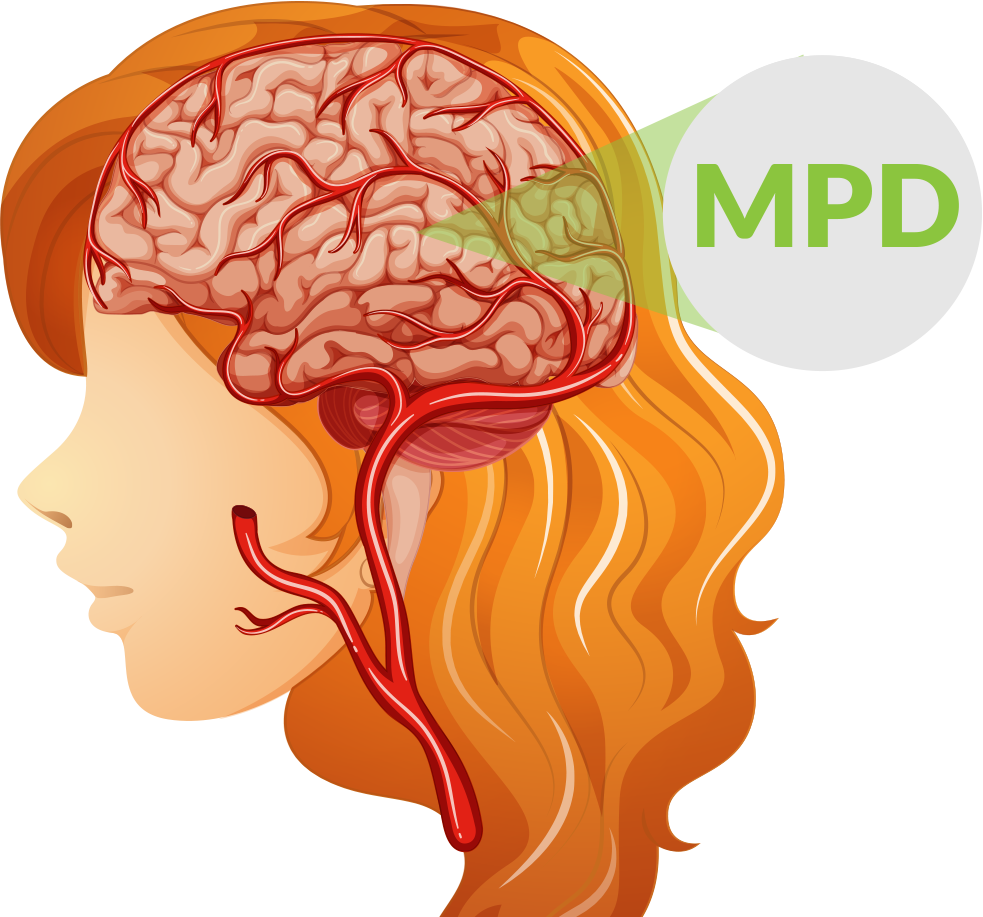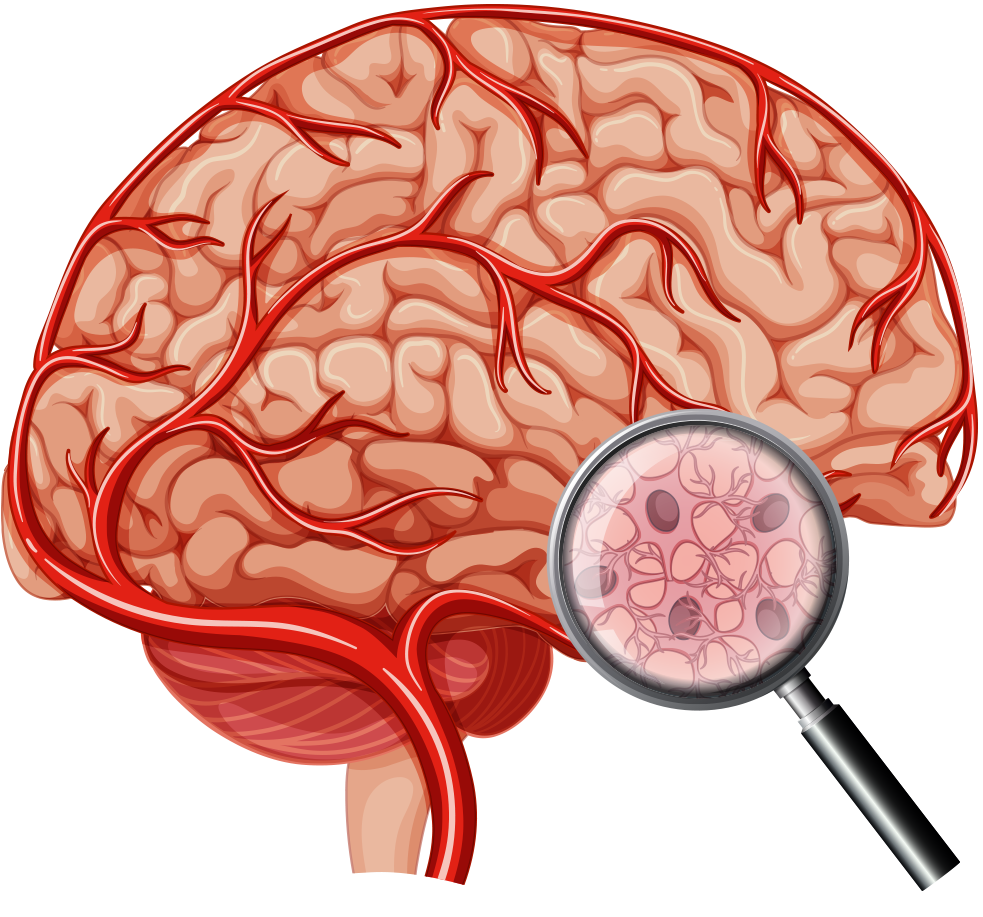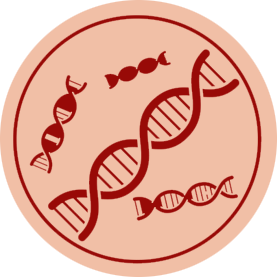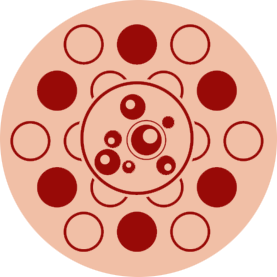Doctor’s Handbook
#17milionów
Cerebral Palsy (CP)
It is a group of disorders that affect a person’s ability to move. (Cerebral means having to do with the brain. Palsy means weakness or problems with using the muscles). Cerebral palsy is caused by a brain injury that occurs during pregnancy or birth of within the first 2 to 3 years of the child’s life. Brain injury results in random or uncontrolled movements, loss of muscle control, impaired strength and locomotor patterns or a combination of these symptoms.
Brain injury is non-progressive but its symptoms may be. Apart from impaired motor function, there are several comorbidities associated with cerebral palsy in children, including epilepsy, cognitive and learning disabilities, mental retardation, impaired attention, auditory and visual impairments, language-speech disorders, respiratory dysfunction and swallowing problems (dysphagia).
Prevalence
Cerebral palsy (CP) is the most common motor disability in childhood. Prevalence estimates of CP ranging from 2 to 3 per 1,000 live births or per 1,000 children around the world.





